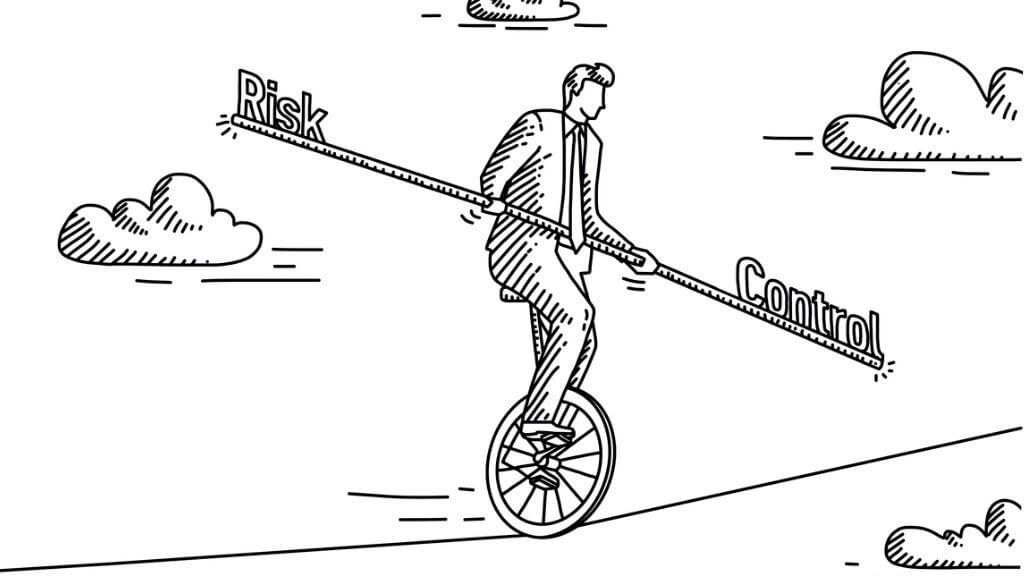Nudging For Organizational Change And Business Agility: A New Role For The PMO

Today’s change is unlike the change of the past. It’s more emergent, complex, faster-paced, and spans all organizational functions and disciplines. Where not long ago organizational change and business agility were viewed as strategic initiatives that enabled organizations to thrive, now they have co-emerged into a business imperative that must be adopted to prevent failure.
On account of this emergence, within the project management community there has been discussion and debate over how this will impact and perhaps change PMOs today and those of the future. Coming into view is an emerging role and new opportunity for the PMO; nudging organizational change and business agility.
Organizational Change, Business Agility and the Role of the PMO
The change that businesses face and the need to act are no longer viewed as periodic episodes that are undertaken from time to time in otherwise stable working environments. Organizational change and business agility have now become the new norm. This did not happen overnight, nor should it be a surprise.
As chronicled by Prosci, a global leader in change management, four distinct eras mark the evolution and growth of the change management discipline. The first era was the pre-1990s when academics established its foundations. The second era was the 1990s when change management became part of the business vernacular.
Read the full post on the Planisware website today.




